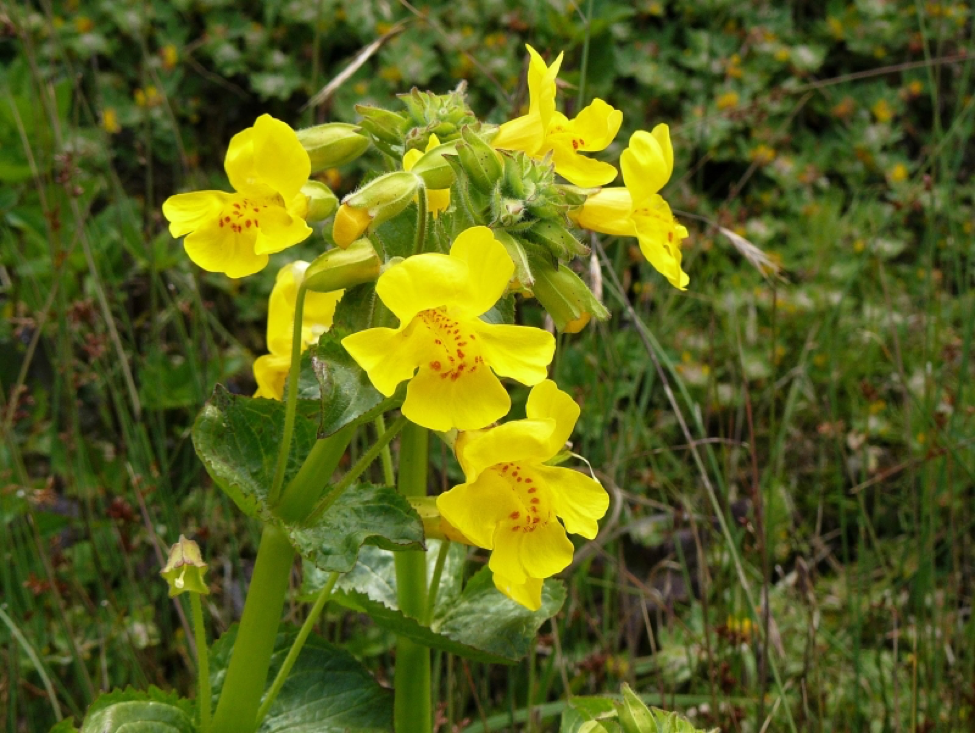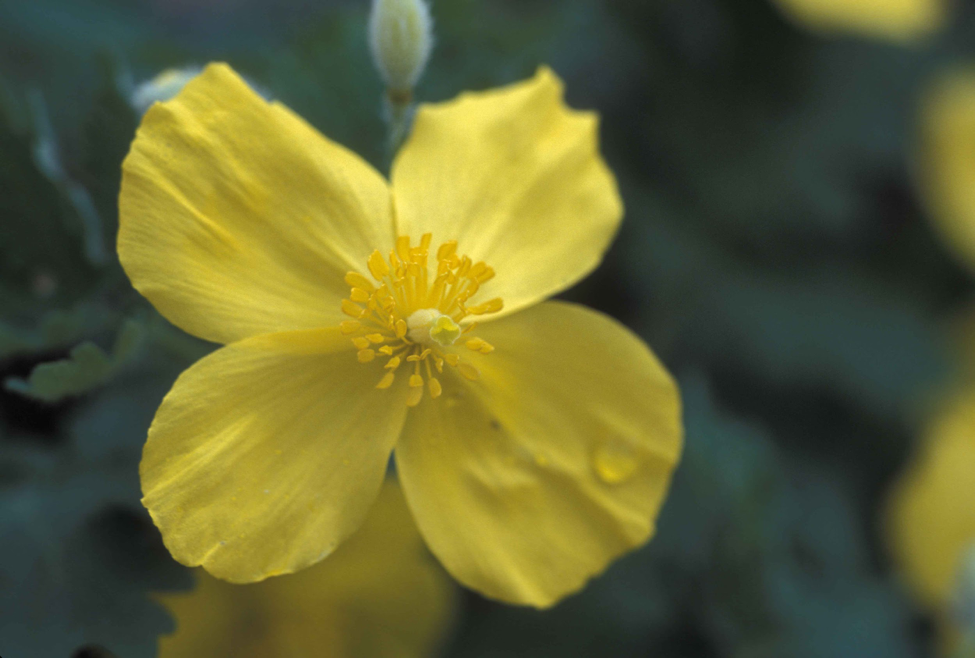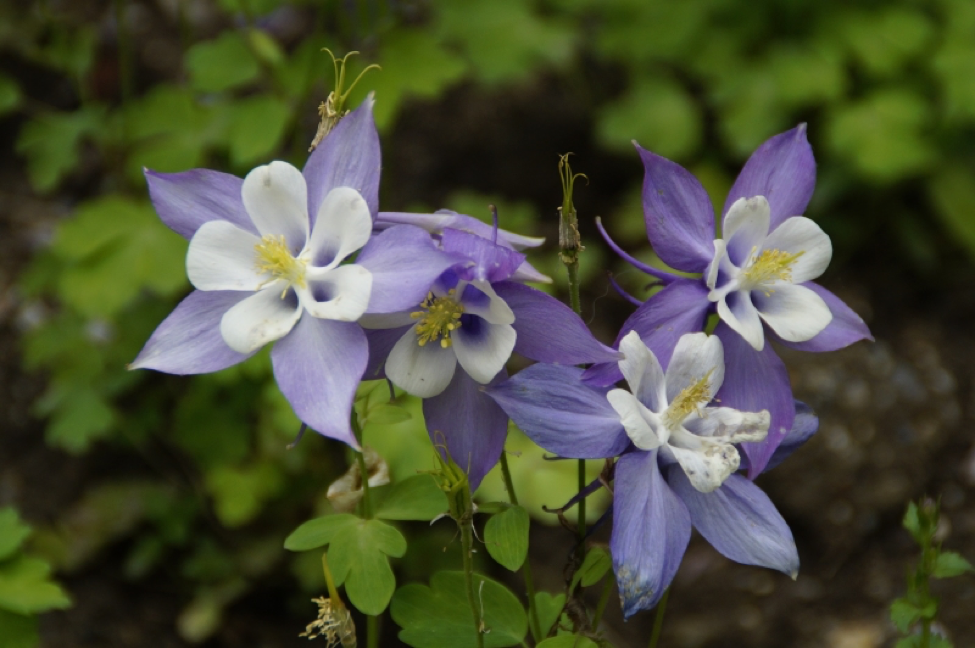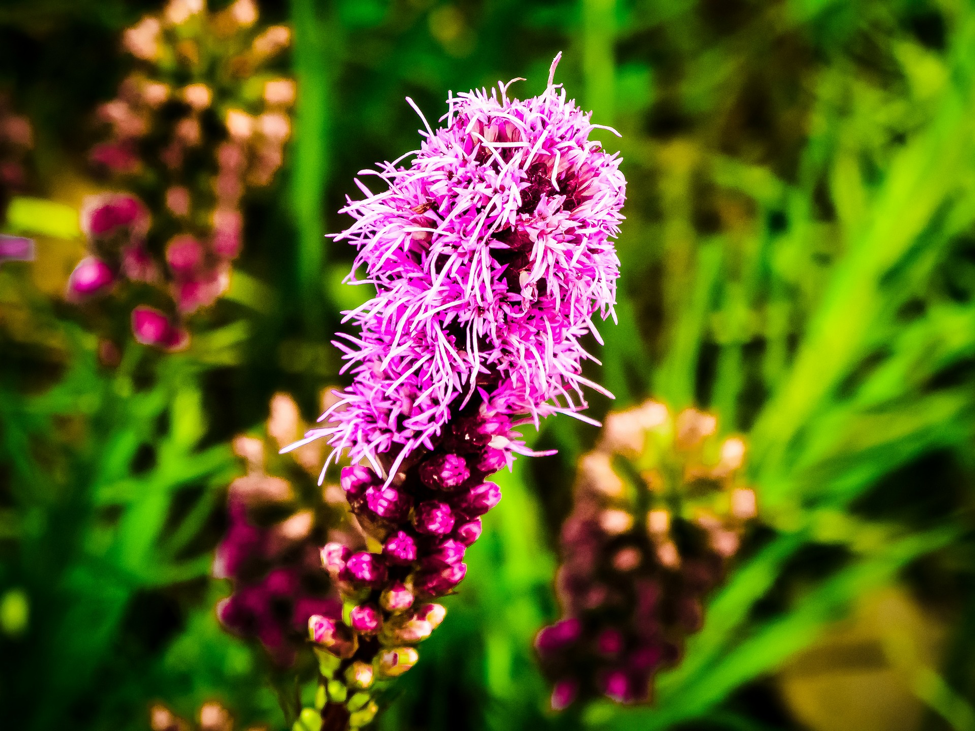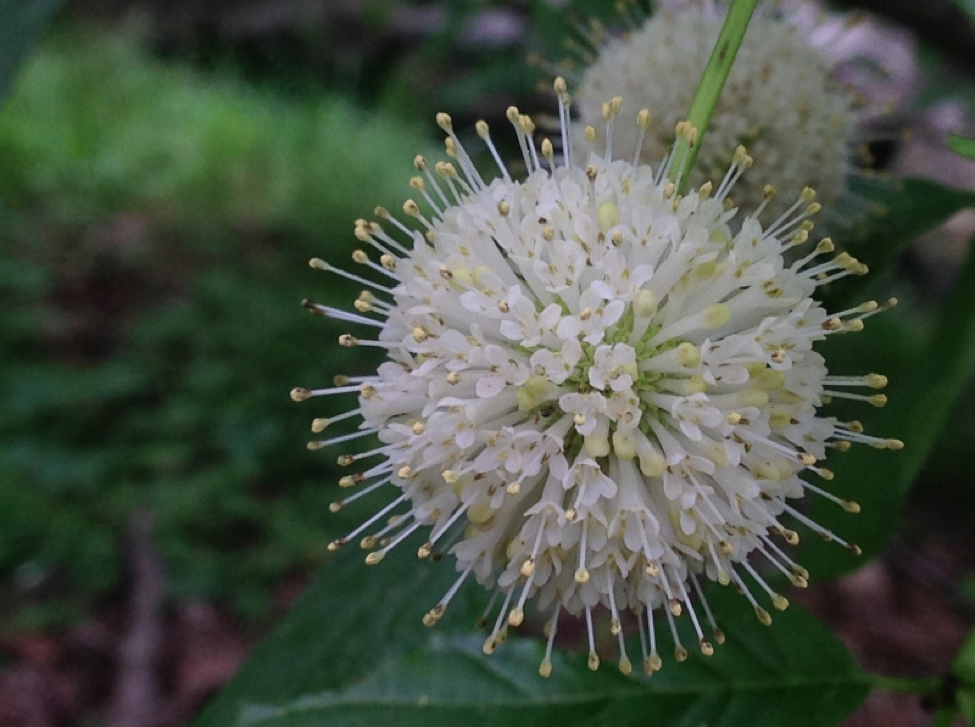There are so many beautiful native plants in the state of Missouri which you can include when planting your landscape. When you use native plants in your garden and landscape, the plants can furnish cover and food for birds, butterflies, insects and other wildlife. Other reasons to plant native plants in St. Louis, Missouri is when planted and well-established, they will help to prevent non-native species from invading. Non-native invasive plants threaten not only crops but wildlife habitat.
When considering using native plants, think in layers and start with smaller trees planted in your landscape. Then consider what shrubs and vines would do well in filtered light from the trees, and that’s the second layer. The third layer, which is the floor, you can use the native perennials which will spread and some of them will naturalize. If you have an area which is in full sun but hasn’t any layers, you can plan on prairie planting.
Here are some native plants which you’ll see in and around St. Louis when you move there, courtesy of LawnStarter St Louis.
1. Missouri primrose
Scientific name: Oenothera macrocarpa
Moisture level: Dry
Sunlight: Full
Height: 8-10 in.
Width: 12-18 in.
Coloring: Yellow
Wildlife attraction: Hummingbirds
Missouri primrose is also called the Glade Lily and grows in bluffs, glades, and rocky prairies. The flowers bloom in May and June and are pollinated by moths. When a flower blooms, it’s open for about 24 hours and starts to open in the evening. The primrose will tolerate hot, dry conditions, look beautiful in a rock garden and are deer tolerant.
2. Celandine poppy
Scientific name: Stylophorum diphyllum
Moisture level: Moist
Sunlight: Partial – Shade
Height: 12-14 in.
Coloring: Orange, yellow
Wildlife attraction: Chipmunk
The Celandine poppy native habitat is on wooded slopes and wooded, moist valleys. It does well in a garden with humus-rich soil and shade. These poppies are also known as wood poppies, have bright yellow flowers and dissected leaves. A mature poppy will reach 24 inches in height and blooms from March into May. The plant will go dormant if it’s soil becomes too dry. However, if the ground is kept moist, the poppy will begin to naturalize, and soon there will be bright, colorful poppies every year. An interesting fact is that Native Americans had used the yellowish orange sap of the poppy to dye fibers, baskets, and use as war paint.
3. Columbine
Scientific name: Aquilegia canadensis
Moisture level: Average
Sunlight: Full
Height: 12-24 in.
Width: 6-24 in.
Coloring: Flower petals range from pink, yellow, white, blue
Wildlife attractions: Birds
This native plant is easy to grow and has seasonal interest throughout the year. The flowers come in a variety of colors, blooms in the spring, and the dark green foliage turns the color of maroon in the fall. The blooms are shaped like bells and are a favorite of hummingbirds and also can be used in a cut flower arrangement. These plants like full sun but not if it’s too hot, so you can plant them in a sunny spot which does get some shade. Plus, they aren’t very particular about the soil as long as it’s not too dry and drains well.
If you add mulch around the base of the plant, it will help to retain moisture for them. Columbine will grow to about 24 inches and about 12 inches wide and spread from seed. If widespread seeding becomes an issue, then the foliage and seed pods can be cut back in the fall.
4. Dense Blazing Star
Scientific name: Liatris spicata
Moisture level: Moist
Sunlight: Full
Height: 3-6 ft.
Width: 1-2 ft.
Coloring: Purple
Wildlife attractions: Hummingbirds, bees, moths, and butterflies
Dense Blazing Star is a fantastic plant to attract butterflies and has lovely purple-magenta flowers from July to October. When the Blazing Star is mature, it can have more than ten flowering stems. It enjoys full sun, with soil that is clay, sand or loam and medium moisture. If it grows in dry conditions than there can be leaf loss and if there’s too little sun, then the stems can become twisted.
It can grow from 3-5 feet in height and also goes by the names of Marsh gayfeather and Dense gayfeather. There are many pollinators including the butterflies but also bees, hummingbirds, moths and including the Glorious Flower Moth which is a rare species of moth.
5. Buttonbush
Scientific name: Cephalanthus occidentalis
Soil type: Circumneutral
Moisture level: Moist, Wet
Sunlight: Partial shade, shade
Height: 6-12 ft.
Coloring: White, pink flowers; brown fruit
Leaf type: Deciduous
Wildlife attractions: Nectar-butterflies, bees, insects; fruit birds
The Buttonbush Is a deciduous shrub which can grow up to 6-12 ft tall. It grows in low woods, thickets, swamps, wet open areas, river bottomland, and along pond and stream margins. It can be naturalized in pond margins, shrub borders, low spots, woodland areas and in native plant gardens.
The flowers are small and tubular in appearance and densely packed together. The flower head is spherical and long-stalked which gives the head of the flower a pincushion effect. The flower heads develop into hard ball-like fruits which are made up of many tiny two-seeded nutlets. The fruit heads usually will last throughout the winter.
It’s always the best choice to plant with native species in your landscape for a rich and scenic yard.
For more information about native plants, gardening, and lawn care in the St. Louis area, visit LawnStarter.com.
